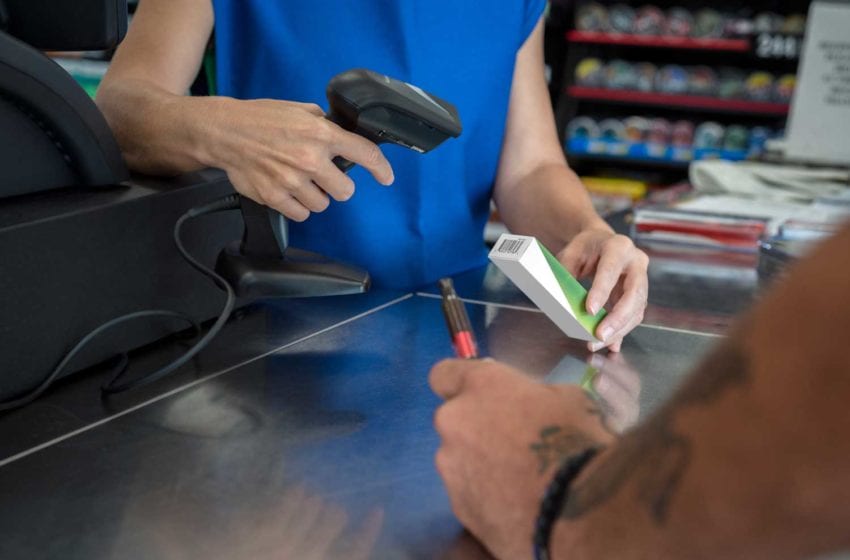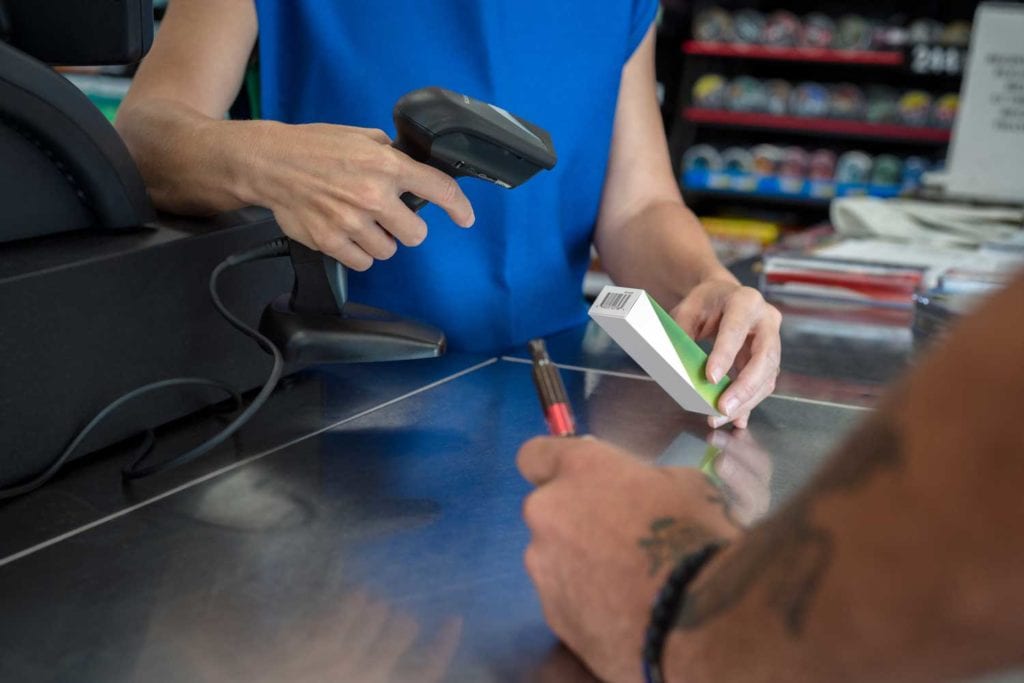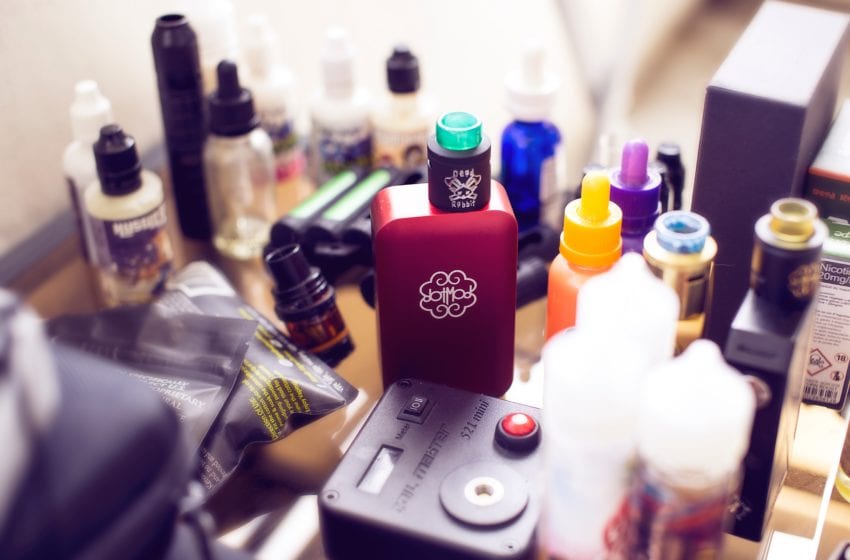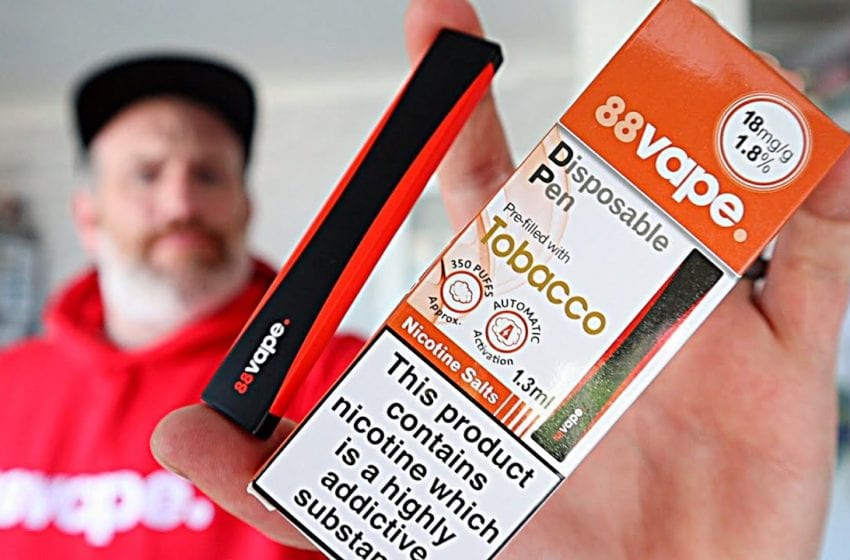
The U.S. Food and Drug Administration’s Center for Tobacco Products (CTP) announced Today the launch of its Vaping Prevention and Education Resource Center.
The online resource center provides science-based, standards-mapped materials that teachers can use to help their students understand the negative effects associated with vaping and nicotine addiction.
“The new resource center features numerous age-appropriate, cross-curricular resources for teachers to promote learning and begin having open conversations with youth about vaping,” the FDA states in a release. “This effort is an extension of FDA’s prior work with Scholastic, a collaboration that has recently ended. The materials previously developed through this collaboration can be found in the resource center.”
In addition to content designed for teachers, CTP also developed materials for parents and teens. All content on the resource center is free, easy to navigate, and optimized for each audience, according to the release.
- Teachers will find lesson plans, interactive tools, infographics, and videos with tobacco facts and tips about how to teach teens about the dangers of vaping.
- Parents will find fact sheets, videos, and resources to help them understand and recognize vapes, talk with their children, and keep the conversation going over time.
- Students will find real-life stories and relatable content to help them understand vaping, nicotine addiction, common myths about vapes, and how to say no to vaping.
The launch of the resource center illustrates FDA’s continued commitment to youth vaping prevention. We will be continuously updating the resource center with new materials, so check back often for the latest resources.



















